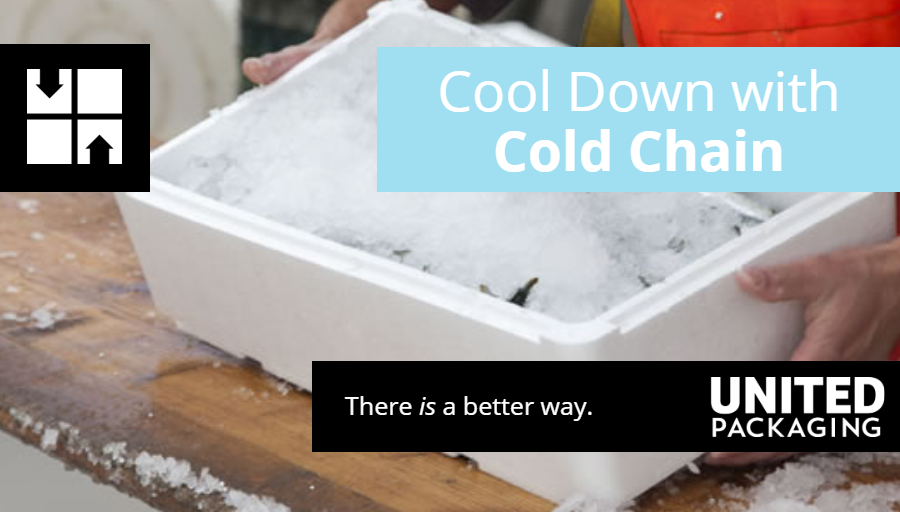What is Cold Chain and why is it necessary?
Cold chain refers to a form of supply chain with an “uninterrupted flow of a temperature-controlled shipment from manufacturing through delivery to end-user.” (Cold Chain Technology, 2019, coldchaintech.com)
Put into basics, it’s a way to manufacture, package, and ship perishable goods in temperatures that will sustain the goods and keep them from spoiling. The Food & Beverage and Pharma industries could not survive without cold chain technology — it is necessary to control product safety, freshness, and to remain within legal requirements. Temperature-sensitive products that require cold chain solutions may include: pharmaceuticals, biological, diagnostic materials, lab samples, chemicals, and foods.
The pharmaceutical cold chain industry in the United States is regulated by the Food & Drug Administration (FDA), but as of 2019, there are still no FDA regulations for the Food & Beverage industry. According to The Centers for Disease Control and Prevention (CDC), “…about 48 million people get sick, 128,000 are hospitalized, and 3,000 die each year from food-borne diseases.” (coldchaintech.com)
Because of these food dangers, the FDA is currently working towards more stringent mandates for Food & Beverage handling, which will take cold chain supply chain to the forefront of food safety (coldchaintech.com). Food delivery services are more popular by the day; these regulations will change the way they supply meals across the country.
What is Cold Chain Management?
Cold chain management refers to all processes and products utilized to maintain a constant temperature (between 2 degrees Celsius to 8 degrees Celsius) from start to finish of a product’s life cycle. This includes the facility in which a product is manufactured, its heat-resistant packaging, and where and how the product is stored and distributed. On the packaging line, insulated shipping containers distribute temperature-sensitive products. An insulated shipping container may comprise:
- High-end coolers;
- Thermal blankets or liners;
- Molded foams such as polyurethane;
- Sheets of foamed plastics;
- Bubble wrap;
- Reflective materials.
Refrigerants or coolants like dry ice or gel packs can be used for added chill.
What’s the future of Cold Chain?
To keep up with the demanding regulations and complexities of the Pharmaceutical industry, the need for innovative cold chain solutions will continue to increase. The same goes for the inevitable FDA regulations imposed on the Food and Beverage industry. According to coldchaintech.com, the top 3 technologies for cold chain is Artificial Intelligence, Blockchain, and Advanced Analytics.
